Retro Replay Review
Gameplay
3 Skulls of the Toltecs embraces the classic point-and-click adventure style popularized by LucasArts in the early ’90s. Players control Fenimore Fillmore through a simple verb-based interface—open, close, pick up/give, use, look, move, talk—selecting actions by clicking on objects and characters in richly detailed scenes. This familiar setup makes it easy to jump into the game, yet the puzzles remain cleverly designed, requiring a careful combination of item collection, dialogue choices, and environmental interaction.
(HEY YOU!! We hope you enjoy! We try not to run ads. So basically, this is a very expensive hobby running this site. Please consider joining us for updates, forums, and more. Network w/ us to make some cash or friends while retro gaming, and you can win some free retro games for posting. Okay, carry on 👍)
The pacing of the gameplay strikes a balance between exploration and puzzle-solving. As Fenimore works to recover the three Toltec skulls, you’ll crisscross a series of interconnected locations—from dusty saloons and mountain passes to secret caves and abandoned trains. Once enough ground is covered, a map unlocks fast travel, or you can opt for more immersive transport by hand-pumping a trolley along railroad tracks or saddling up a donkey to reach remote outposts.
Dialogues play a significant role in moving the plot forward. Multiple response options in conversations can alter Fenimore’s path, revealing new clues or locking you out of certain approaches altogether. This branching system encourages replayability: experimenting with different lines can yield fresh insights and varying puzzle solutions. Inventory-based challenges sometimes require lateral thinking, prompting you to revisit earlier locations with newly acquired items.
Graphics
Visually, 3 Skulls of the Toltecs sports a charming, cartoonish aesthetic that pays homage to titles like The Secret of Monkey Island while carving out its own Western identity. Character sprites are exaggerated and expressive, with Fenimore’s lanky silhouette and dapper attire contrasting comically against the rugged desert backdrop. The color palette is warm and earthy, capturing the sun-baked atmosphere of the frontier without feeling repetitive.
Background art is packed with small details—from rattlesnakes coiled in the brush to dusty wanted posters flapping on saloon walls—rewarding patient viewers who like to click every hotspot. Animations are fluid for their era: drinking from a flask, pumping the trolley, or reloading a shotgun all convey personality. The UI frames and verb menu are unobtrusive, letting the visuals shine without distraction.
Although dated by modern standards, the game’s low-resolution graphics can be charming on today’s screens. Some have created high-definition remasters, smoothing out pixels and scaling up the backgrounds. Whether you play the original or a fan-enhanced version, the art direction remains a highlight, showcasing a playful blend of Western tropes and quirky cartoon flair.
Story
The narrative kicks off in typical adventure fashion: Fenimore Fillmore rescues an old peddler from rustlers only to inadvertently cause the man’s death by handing over a cursed bottle of hair lotion. In his final breaths, the peddler reveals ownership of one of the three legendary Toltec skulls, each key to unlocking a vast hidden treasure. Seconds later, Fenimore is shot, passes out, and wakes to find the skull in enemy hands. Determined to recover all three skulls, he embarks on a globe-trotting quest fraught with danger and dark humor.
As Fenimore travels through dusty towns, rocky canyons, and secret ruins, he crosses paths with rival treasure hunters, bounty hunters, and local eccentrics—all vying for the same prize. The writing leans heavily on wit and irony, with Fenimore often breaking the fourth wall or making sarcastic quips about the absurdity of his situation. Side characters are colorful, from grizzled train engineers to enigmatic shamans, each imparting clues or tangential side-missions that enrich the lore.
Dialogue choices can subtly shift the story’s progression, offering alternative puzzle routes or comic moments. While the overarching goal remains fixed—collect all three skulls and unearth the treasure—how you reach that end point can vary. The narrative is concise but packed with memorable encounters, balancing mystery and lighthearted banter in a way that keeps the adventure rolling.
Overall Experience
3 Skulls of the Toltecs is a loving pastiche of classic graphic adventures, updated with a unique Western spin and memorable characters. The combination of witty dialogue, inventive puzzles, and diverse locales creates a compelling journey for fans of the genre. The verb-driven interface is intuitive, and the branching conversations add a layer of player agency often missing from other point-and-click titles of its era.
Certain puzzles may feel obtuse by today’s standards, and some backtracking is required to piece together the correct sequence of items and clues. However, the game’s humor and striking environments soften any tedium. The story moves at a brisk clip, with unexpected twists, betrayals, and a satisfying payoff when the Toltec treasure’s secret is finally revealed.
Whether you’re a longtime adventure devotee or a newcomer curious about 90s-era cartoon adventures, 3 Skulls of the Toltecs delivers a solid, entertaining experience. Its blend of Western motifs, comedic writing, and classic mechanics make it a noteworthy addition to anyone’s library. Prepare to rack your brain, chuckle at Fenimore’s wisecracks, and lose yourself in a treasure hunt worthy of legend.
 Retro Replay Retro Replay gaming reviews, news, emulation, geek stuff and more!
Retro Replay Retro Replay gaming reviews, news, emulation, geek stuff and more!

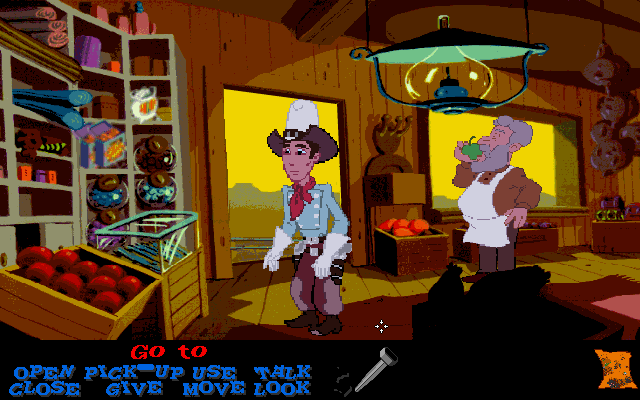

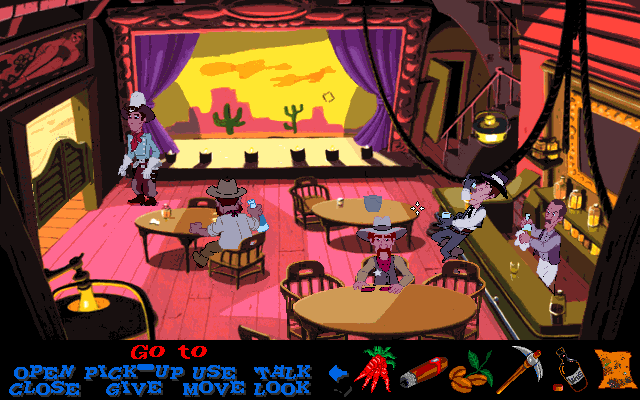
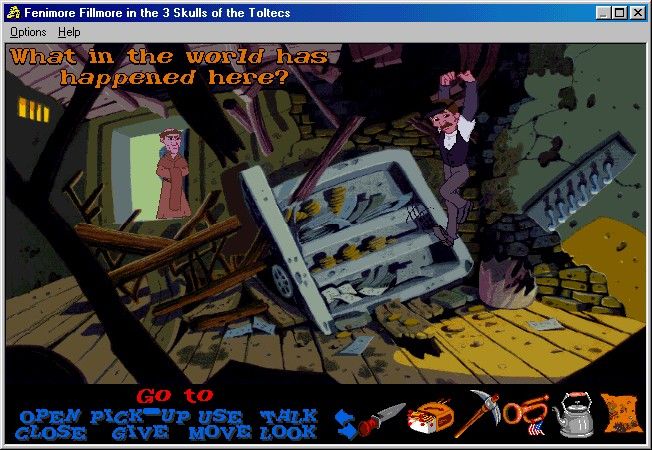
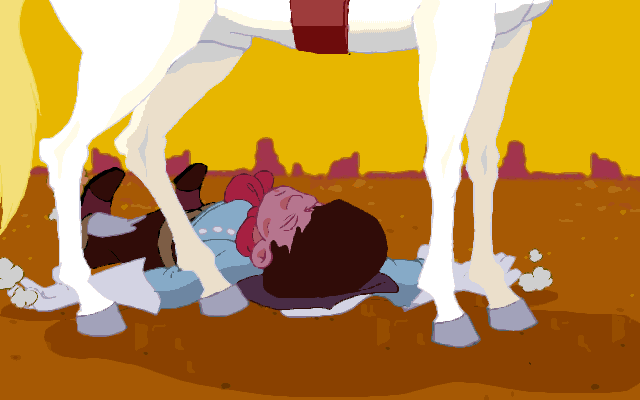
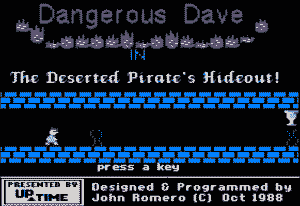


Reviews
There are no reviews yet.